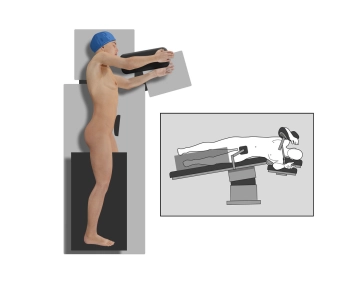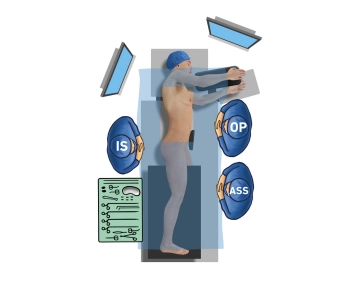In cases of clinical suspicion of bronchial carcinoma, a contrast-enhanced computed tomography of the thorax and upper abdomen with visualization of the liver (with portal venous phase) and adrenal glands should be performed. The addition of preoperative diagnostics with FDP-PET-CT diagnostics significantly improves lymph node diagnostics.
In a curative treatment strategy, histological clarification should be performed if changes in the mediastinal lymph nodes are detected in imaging. Initially, a fine needle aspiration using endobronchial ultrasound should be performed. If no malignancy is detectable despite morphologically conspicuous lymph nodes, a surgical procedure, such as VATS lymph node resection or mediastinoscopy with lymph node biopsy, should be performed.
Note: Tumor involvement of the mediastinal lymph nodes represents an N2 involvement and is classified as at least stage IIIa according to the UICC classification. Here, in addition to primary surgery, a multimodal therapy concept is possible, and the therapy algorithm in the guideline is not yet definitively defined. Treatment in centers and within the framework of studies is recommended.


